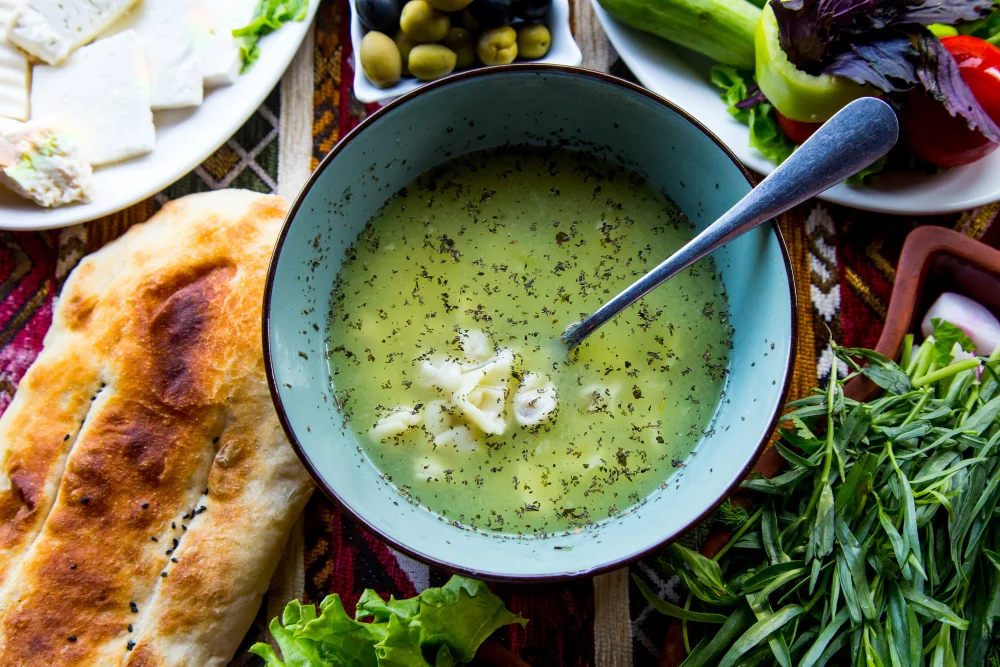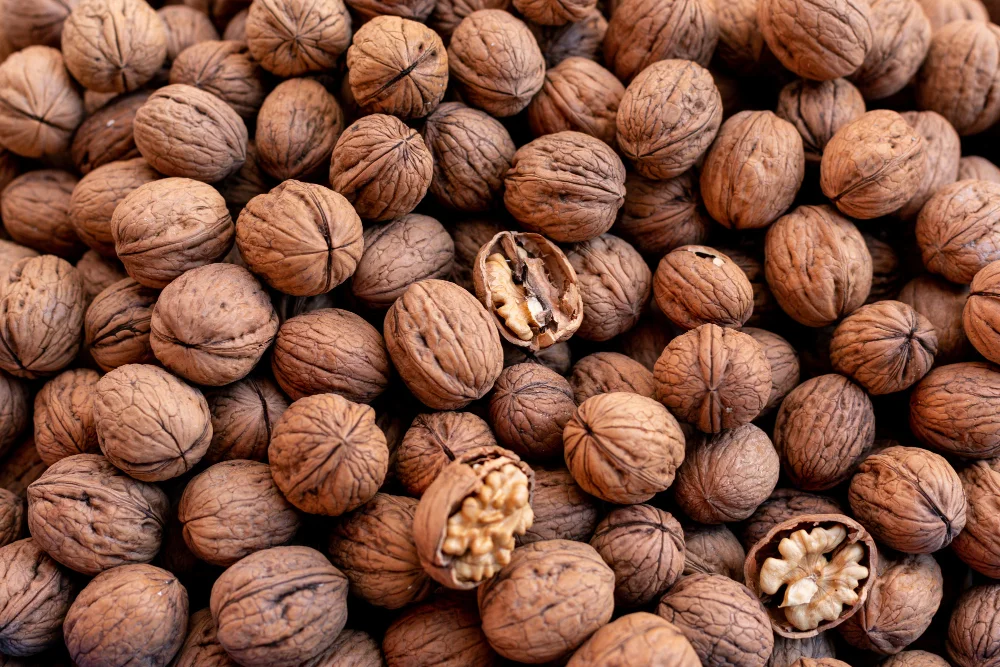Have you ever sat at a dinner table, eyed the glistening slice of liver on a plate, and wondered—what does liver actually taste like? If you have, you’re not alone. Liver is one of those foods that sparks curiosity, confusion, and often strong opinions. Some people swear by its rich, distinctive flavour, while others avoid it after one bite. But here’s the thing: liver has been enjoyed for centuries in cuisines across the world, from French pâtés to Indian masala-fried liver, and understanding its taste can help you appreciate it (or decide it’s not for you).
As someone who grew up watching my grandmother pan-fry lamb’s liver with caramelised onions in her tiny kitchen, I remember the mix of aromas that filled the room—earthy, metallic, yet oddly comforting. Years later, I set out to understand why liver tastes the way it does, and how preparation changes everything.
In this article, we’ll explore liver’s flavour in depth, drawing from culinary experts, nutritionists, and personal experience, so you’ll leave with a clear, human answer to the question: what does liver taste like?
Liver’s Unique Taste: How People Describe It
Most people describe liver’s taste as:
- Rich and earthy – Some compare it to dark meat chicken but more intense.
- Metallic or iron-like – Due to its high iron content, liver can taste slightly bloody.
- Bitter or tangy – Poorly cooked or overcooked liver can develop a bitter edge.
Chef Fergus Henderson, known for his nose-to-tail cooking philosophy, once explained in an interview that liver “carries the story of the animal’s life—it’s robust, deep, and unapologetic.” That robustness is exactly why some adore it and others push their plate away.
Why Liver Tastes the Way It Does
The unique taste of liver isn’t random. It comes from its function and composition:
- High Iron Content – Liver is one of the richest sources of heme iron, which explains its metallic flavour.
- Vitamin-Rich Profile – Packed with Vitamin A, B12, folate, and copper, these nutrients contribute to its intense, almost mineral-like taste.
- Fat and Protein Balance – Unlike muscle meat, liver has a finer texture and less fat, making its flavour more concentrated.
Nutritionist Dr. Sarah Brewer notes, “The dense nutrient profile of liver is partly why its flavour can be overwhelming to those who aren’t used to organ meats—it’s nutrition you can taste.”
Does All Liver Taste the Same?
Not quite. Different animals’ livers vary in flavour and texture.
- Chicken Liver – Mild, slightly sweet, creamier. Popular in pâtés.
- Beef Liver – Strong, bold, metallic. Best for those already accustomed to offal.
- Lamb Liver – Rich, earthy, and slightly gamey. A favourite in Mediterranean cooking.
- Pork Liver – Intense and sometimes bitter. Common in Asian dishes and sausages.
- Duck or Goose Liver (Foie Gras) – Buttery, luxurious, and subtly sweet due to the fat content.
I once compared beef and lamb liver side by side in my kitchen. The beef was undeniably stronger—almost overwhelming when pan-fried without soaking—whereas lamb liver balanced richness with a more pleasant depth.
How Cooking Changes the Flavour
Here’s where the magic happens. Liver can taste drastically different depending on how it’s prepared:
- Soaking before cooking – Many cooks soak liver in milk or lemon water for 30 minutes. This helps reduce bitterness and metallic notes.
- Cooking time – Overcooking liver is the number one mistake. Done right, it should be tender and slightly pink inside, not grey and chalky.
- Pairings – Onions, garlic, herbs, and acidic ingredients like vinegar or lemon juice balance liver’s intensity.
For example, I once tested pan-fried beef liver at three levels: rare, medium, and well-done. The medium version, just cooked through, was the clear winner—smooth texture, rich but not overpowering.
Cultural Takes on Liver
Around the world, liver has been transformed into beloved dishes:
- French cuisine – Foie gras and pâté de foie, rich and silky.
- Middle Eastern cuisine – Kibbeh nayyeh (raw liver with spices) or sautéed lamb liver.
- Indian cuisine – Masala-fried liver with spices that mellow its intensity.
- Italian cuisine – Fegato alla veneziana (liver with onions), a Venetian classic.
These traditions show that the taste of liver isn’t just about the organ itself—it’s about how cultures have learned to coax out its best qualities.
Is the Taste Worth the Nutrition?
Liver is arguably one of the most nutrient-dense foods on earth:
- A 100g serving of beef liver provides over 300% of your daily Vitamin A needs.
- It’s one of the best natural sources of Vitamin B12.
- Rich in folate, copper, and iron.
This is why many nutritionists call it a “superfood,” though moderation is key (excess Vitamin A intake can be harmful). For those who can embrace its taste, liver offers unmatched nutritional value.
FAQs
Is liver supposed to taste bitter?
Not necessarily. Fresh liver, cooked properly, should taste rich and savoury, not unpleasantly bitter. Bitterness usually comes from overcooking or poor-quality meat.
Which liver is the mildest in taste?
Chicken liver is the mildest and creamiest, making it ideal for beginners.
Why does liver taste metallic?
Because of its high iron content. Soaking and pairing with onions or acidic ingredients helps balance this.
Can you make liver taste less strong?
Yes. Soaking, marinating, and cooking with bold flavours (garlic, herbs, spices) can significantly mellow its taste.
Key Takeaways
- Liver tastes earthy, metallic, and rich, with variations depending on the animal.
- Chicken liver is mild and creamy, while beef liver is bold and metallic.
- Cooking technique and pairings make or break the experience.
- Culturally, liver is celebrated in dishes from pâté to masala-fry.
- Nutritionally, it’s one of the most powerful foods you can eat.
Read Also: Freezing Cream Cheese: Here’s What Actually Happens (And How to Do It Right)
Final Thoughts
So, what does liver taste like? It’s bold, mineral-rich, and undeniably different from any other cut of meat. For some, it’s an acquired taste; for others, it’s a delicacy. Personally, I’ve grown to enjoy liver when cooked with onions and a splash of lemon—it transforms into a dish that’s hearty, satisfying, and worth revisiting.
If you’ve tried liver, I’d love to hear your take. Was it love at first bite, or did you push the plate away? Share your experiences in the comments—I promise, you’re not the only one curious about this age-old question.
















